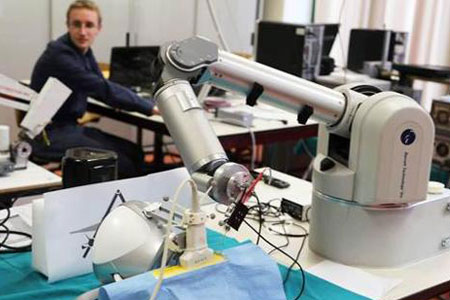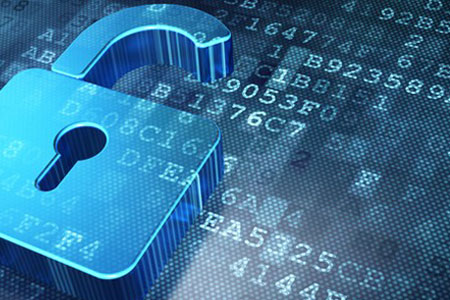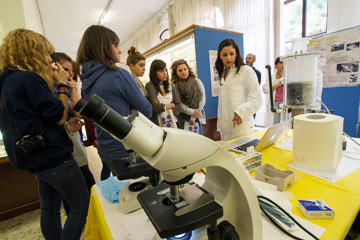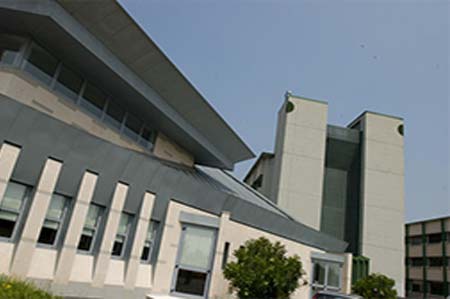|
Master's degree in Medical Bioinformatics
Course partially running
|
Biomedical image processing (2024/2025)
|
6
|

|
2
|
(Laboratorio)
|
|
4
|
(Teoria)
|
|
Bachelor's degree in Bioinformatics
Course partially running
|
Signal and image processing II (2024/2025)
|
6
|

|
4
|
(Teoria)
|
|
2
|
(Laboratorio)
|
|
Master's degree in Medical Bioinformatics
Course partially running
|
Medical imaging techniques: principles and applications (2024/2025)
|
6
|

|
2
|
|
|
Master's degree in Medical Bioinformatics
Course partially running
|
Biomedical image processing (2023/2024)
|
6
|

|
4
|
(Teoria)
|
|
2
|
(Laboratorio)
|
|
Bachelor's degree in Bioinformatics
Course partially running
|
Signal and image processing II (2023/2024)
|
6
|

|
4
|
(Teoria)
|
|
2
|
(Laboratorio)
|
|
Master's degree in Medical Bioinformatics
Course partially running
|
Medical imaging techniques: principles and applications (2023/2024)
|
6
|

|
2
|
|
|
Master's degree in Medical Bioinformatics
Course partially running
|
Biomedical image processing (2022/2023)
|
6
|

|
4
|
(Teoria)
|
|
2
|
(Laboratorio)
|
|
Bachelor's degree in Bioinformatics
Course partially running
|
Signal and image processing II (2022/2023)
|
6
|

|
4
|
(Teoria)
|
|
2
|
(Laboratorio)
|
|
Master's degree in Medical Bioinformatics
Course partially running
|
Medical imaging techniques: principles and applications (2022/2023)
|
6
|

|
2
|
|
|
Master's degree in Medical Bioinformatics
Course partially running
|
Biomedical image processing (2021/2022)
|
6
|

|
2
|
(Laboratorio)
|
|
4
|
(Teoria)
|
|
Bachelor's degree in Bioinformatics
Course partially running
|
Signal and image processing II (2021/2022)
|
6
|

|
4
|
(Teoria)
|
|
2
|
(Laboratorio)
|
|
Master's degree in Medical Bioinformatics
Course partially running
|
Medical imaging techniques: principles and applications (2021/2022)
|
6
|

|
2
|
|
|
Master's degree in Medical Bioinformatics
Course partially running
|
Biomedical image processing (2020/2021)
|
6
|

|
4
|
(Teoria)
|
|
2
|
(Laboratorio)
|
|
Bachelor's degree in Bioinformatics
Course partially running
|
Signal and image processing II (2020/2021)
|
6
|

|
2
|
(Laboratorio)
|
|
4
|
(Teoria)
|
|
Master's degree in Medical Bioinformatics
Course partially running
|
Biomedical image processing (2019/2020)
|
6
|

|
2
|
(Laboratorio)
|
|
4
|
(Teoria)
|
|
Bachelor's degree in Bioinformatics
Course partially running
|
Signal and image processing for bioinformatics (2019/2020)
|
12
|

|
4
|
(Immagini teoria)
|
|
2
|
(Immagini laboratorio)
|
|
Master's degree in Medical Bioinformatics
Course partially running
|
Biomedical image processing (2018/2019)
|
6
|

|
2
|
(Laboratorio)
|
|
4
|
(Teoria)
|
|
Bachelor's degree in Bioinformatics
Course partially running
|
Signal and image processing for bioinformatics (2018/2019)
|
12
|

|
2
|
(Immagini laboratorio)
|
|
4
|
(Immagini teoria)
|
|
Master's degree in Medical Bioinformatics
Course partially running
|
Biomedical image processing (2017/2018)
|
6
|

|
5
|
|
|
Bachelor's degree in Bioinformatics
Course partially running
|
Signal and image processing for bioinformatics (2017/2018)
|
12
|

|
6
|
(Immagini)
|
|
Master's degree in Medical Bioinformatics
Course partially running
|
Biomedical image processing (2016/2017)
|
6
|

|
5
|
|
|
Master's degree in Computer Science and Engineering
Course partially running
|
Human-computer Interaction (2016/2017)
|
6
|

|
1
|
|








 daducci
daducci univr
univr
